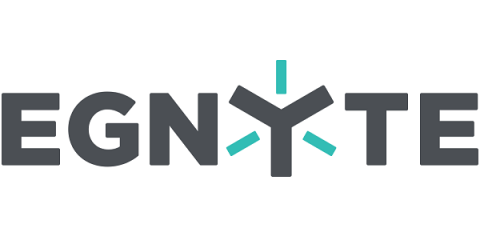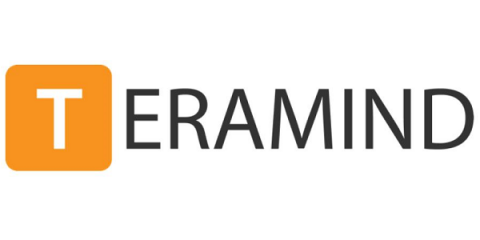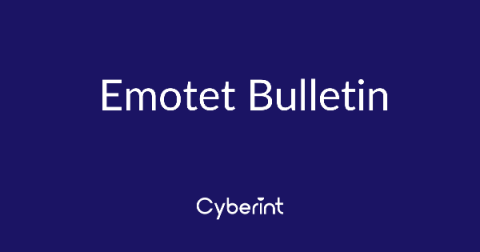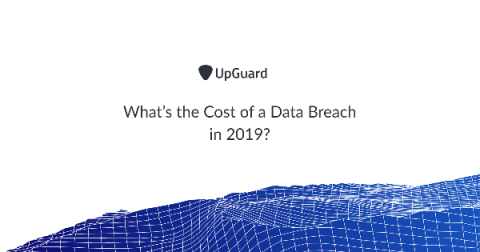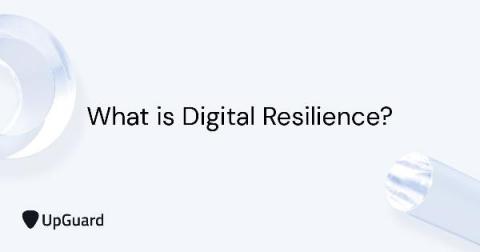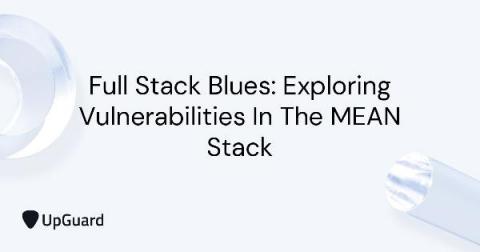Egnyte Rolls Out New Governance and Compliance Tools for the Remote-work Era
From the beginning, Egnyte was architected so that your content would not have to be “boxed in” to any one single environment, but rather can flow seamlessly up, down, side to side across multiple clouds. There are good reasons for this. Sometimes it makes sense for data to be miles away, while other times it needs to be closer to where users actually are (at the edge), or offline altogether.


